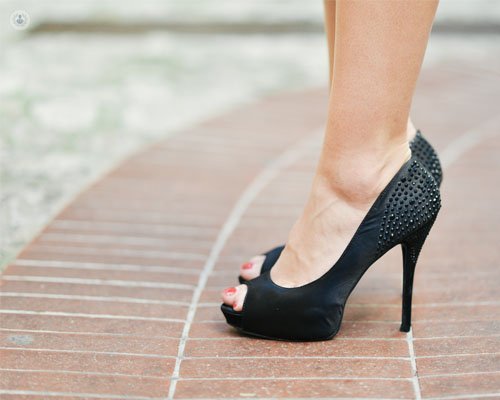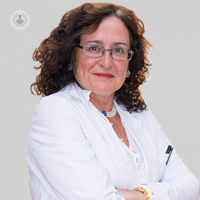4 Key questions about varicose veins
Written by:Varicose veins are not only an eyesore, but can also cause several symptoms and even lead to complications. Although its incidence depends on several factors, varicose veins affect between 10 and 15% of the population, especially older people and women.

Why do I get varicose veins?
The veins are the vessels that have the function of carrying blood to the heart, providing them with oxygen and nutrients, which is called venous return.
Keep in mind that the blood from the legs to climb, ie, must fight the force of gravity, which is an added effort. To carry out this task, the veins have valves that prevent blood recedes, apart from having the collaboration of the leg muscles, which help push blood to shrink. However, when the valve is broken, blood backs up (reflux) and expands and lengthens the vein, causing the vein.
How to prevent varicose veins?
There are several risk factors that can be avoided to prevent the appearance of varicose veins:
- Standing: this position increases venous pressure column and hinders the rise of blood to the heart.
- Genetics: people with a family history with varicose veins are twice as likely to suffer them .
- Constitutional predisposition: a weakness of the connective tissue involves a loss of tone of the vein walls, which causes the appearance of varicose veins.
- Obesity is proven that obese people are twice as likely to have varicose veins.
- Constipation: the difficulty in evacuating forces to stay longer sitting on the service and make greater efforts, increasing the pressure in the abdominal veins and hinders the outflow of blood to the legs.
- Contraceptives cause fluid retention, leading to increased blood volume.
- Pregnancy: varicose veins appear more frequently in pregnancy especially by the pressure of the uterus on the large vessels, hormonal changes and weight gain.
- Work: the jobs that are long standing remains favor the appearance of varicose veins.
- Lack of exercise: if the muscles not the lack of activity of the muscles of the legs makes these do not cooperate to push blood to the heart.
What kinds of varicose veins are there?
Varicose veins can be four degrees or types:
- Grade I varicose veins or varicose veins: also called spider veins, are presented as fine purplish veins, sometimes star-shaped. Overall, only it is a problem of an aesthetic nature, but sometimes they can generate feeling tired and heavy legs.
- Varices Grade II: the veins are more visible and begin to notice symptoms such as pain, tingling, cramps, itching sensation, stinging or heat, among others.
- Varices Grade III: the veins are more dilated, symptoms are increasing and edema, swelling and changes in skin color appear.
- Varices Grade IV: at this advanced stage, appear ulcers, which are difficult to treat and can easily become infected, and eczematous areas.
What treatment require varicose veins?
In the world of Aesthetic Medicine both recommended treatments for varicose veins are:
- Foam sclerotherapy: injecting foam is a sclerosing liquid to produce irritation of the endothelium (inner walls of the veins). Thus, the endothelium itself is closed and the vein is sclerosed, ie dry, so it is practically invisible.
- Laser or fotoesclerosis: This laser is a beam of a single color that heat and destroy the cells of the same color, in this case, red blood cells, transmitting heat to the endothelium and esclerosándolo and without affecting the surrounding tissues.


